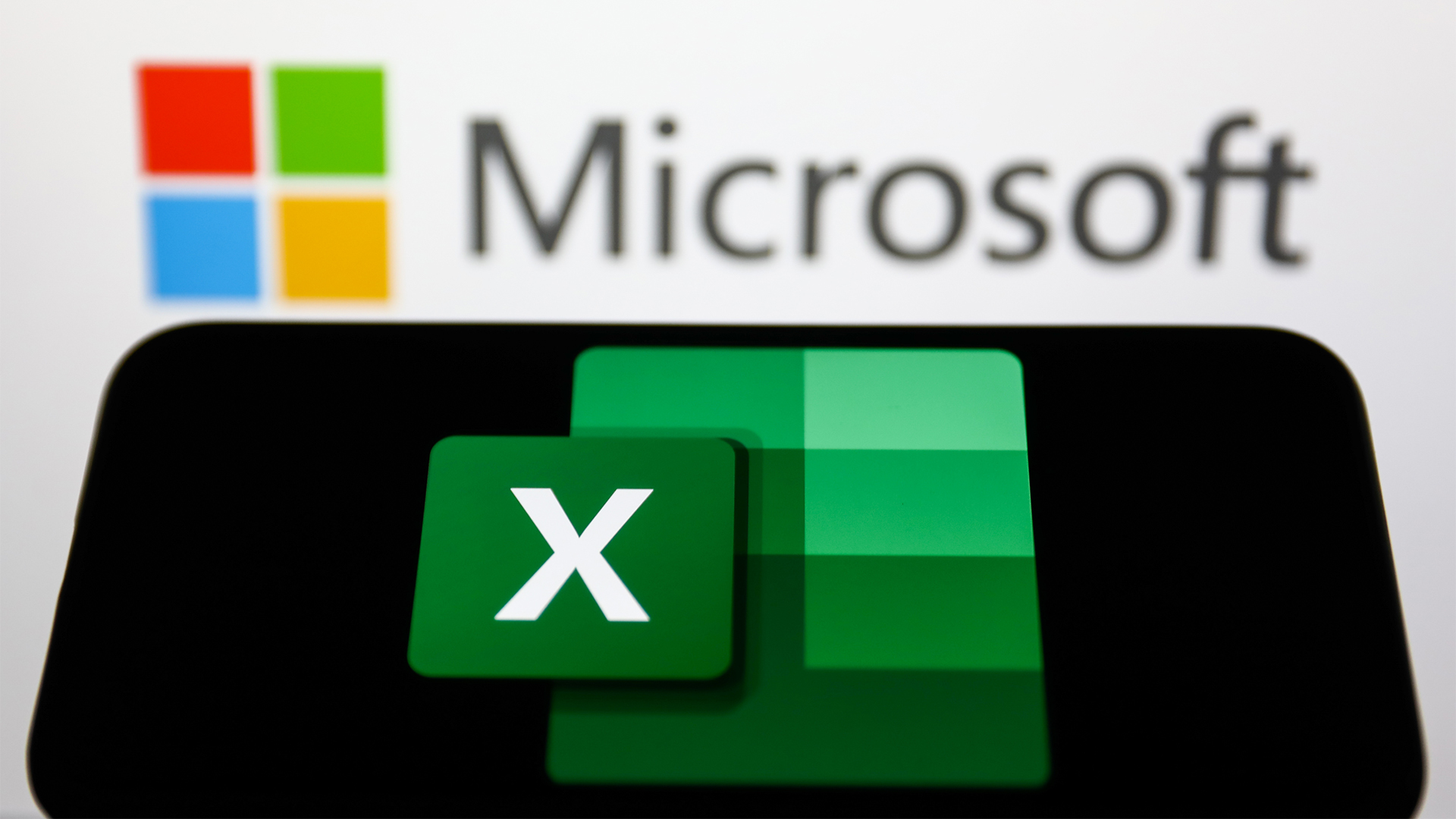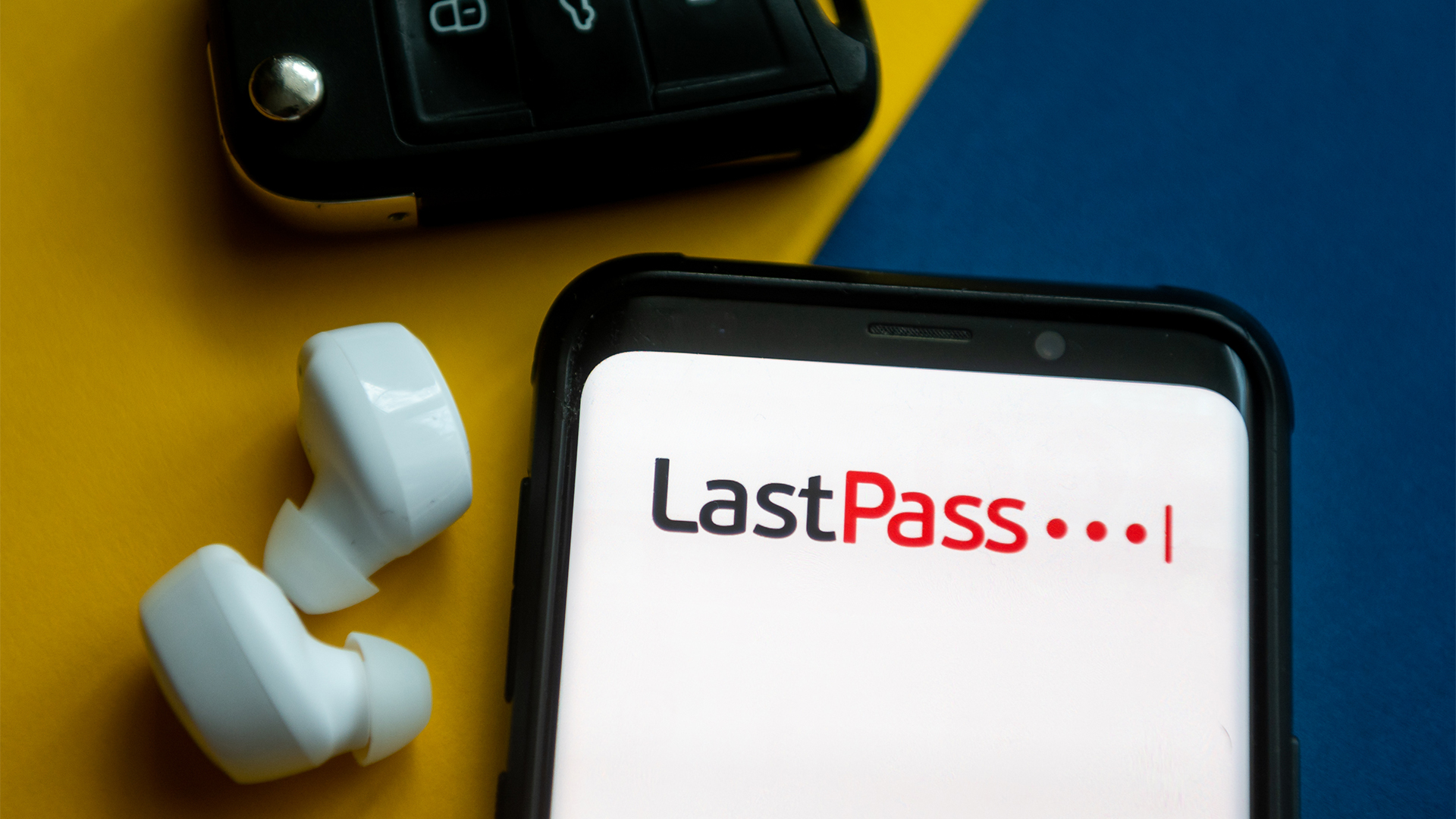Apple iPhone 4S review
The iPhone 4S is here, but is it really worth the hassle of upgrading? Read our review to find out.
Although it's not perfect, the iPhone 4S is the best smartphone we've seen yet with a great screen, high-quality camera and a slick user experience thanks to iOS 5 and a broad selection of apps from the App Store. Most owners of the iPhone 4 will still be tied to contracts preventing them from upgrading, so the iPhone 4S is really aimed at owners of the older iPhone 3GS and smartphones running competing operating systems. Those users, as long as they can live with Apple's odder design decisions such as the lack of memory card slots, should seriously consider upgrading. For iPhone 4 that can upgrade, the free iOS 5 upgrades means the iPhone 4S isn't as compelling so they should hold off for now unless they're frequent camera users or drive often enough to make use of Siri.
One of the biggest complaints about the iPhone 4 is its reception issues due to its unusual antenna design which takes the form of a metal band running round the edge of the phone. Although we could never replicate this issue ourselves and the iPhone 4S retains the same overall design, Apple has apparently added a new system which automatically switches between the new iPhone's two antennae for the best call quality. Apart from a slightly different placement of the silence switch, the only visual distinction between the iPhone 4S and its predecessors are that the small black 'breaks' in the antennae are in different places.
When tested in the IT Pro basement labs, a notorious cellular blackspot, our test callers reported to our surprise that the iPhone 4 sounded better than iPhone 4S.
When tested on a busy London road, our test callers were impressed by the clear, crisp, unimpeded sound quality of both the iPhone 4 and 4S. However, when tested in the IT Pro basement labs, a notorious cellular blackspot, our test callers reported to our surprise that the iPhone 4 sounded better than iPhone 4S. Although both suffered from a robotic, compressed sound and dropouts, those defects were more pronounced on the 4S. Both phones were tested on the O2 network.
One theoretical improvement the iPhone 4S has over its predecessor is support for 14.4Mbit/s 3G networks the older iPhone 4 only supports 7.2Mbit/s. This is unlikely to make much difference in practice though. As our sister title Computer Shopper discovered, you're lucky to achieve 1Mbit/s with any of the mobile networks.
Another potentially useful new feature is integrated support for CDMA mobile networks used in the US and a handful of other countries - the iPhone 4 was split into two different GSM and CDMA models. According to Apple, UK GSM iPhones should roam seamlessly onto a CDMA network, such as Verizon in the US, when travelling abroad. Only a simple tap of an onscreen control is needed to choose the cellular network in question.
Sign up today and you will receive a free copy of our Future Focus 2025 report - the leading guidance on AI, cybersecurity and other IT challenges as per 700+ senior executives
-
 Trump's AI executive order could leave US in a 'regulatory vacuum'
Trump's AI executive order could leave US in a 'regulatory vacuum'News Citing a "patchwork of 50 different regulatory regimes" and "ideological bias", President Trump wants rules to be set at a federal level
By Emma Woollacott Published
-
 Microsoft Excel is still alive and kicking at 40 – and it's surging in popularity as 82% of finance professionals report ‘emotional attachment’ to the spreadsheet software
Microsoft Excel is still alive and kicking at 40 – and it's surging in popularity as 82% of finance professionals report ‘emotional attachment’ to the spreadsheet softwareNews A recent survey found Gen Z and Millennial finance professionals have a strong “emotional attachment” to Microsoft Excel
By Emma Woollacott Published
-
 LastPass hit with ICO fine after 2022 data breach exposed 1.6 million users – here’s how the incident unfolded
LastPass hit with ICO fine after 2022 data breach exposed 1.6 million users – here’s how the incident unfoldedNews The impact of the LastPass breach was felt by customers as late as December 2024
By Emma Woollacott Published